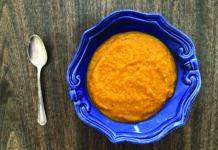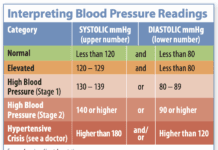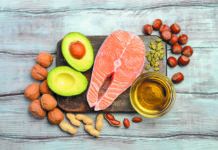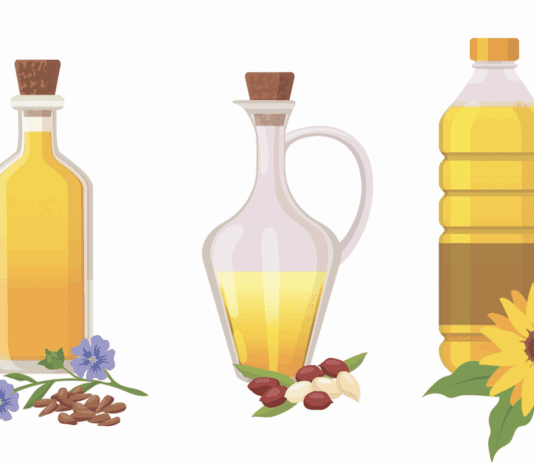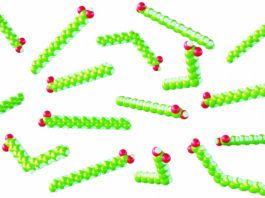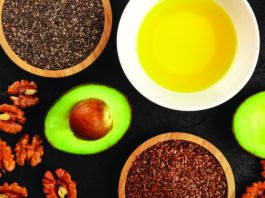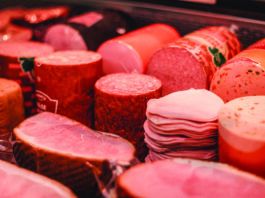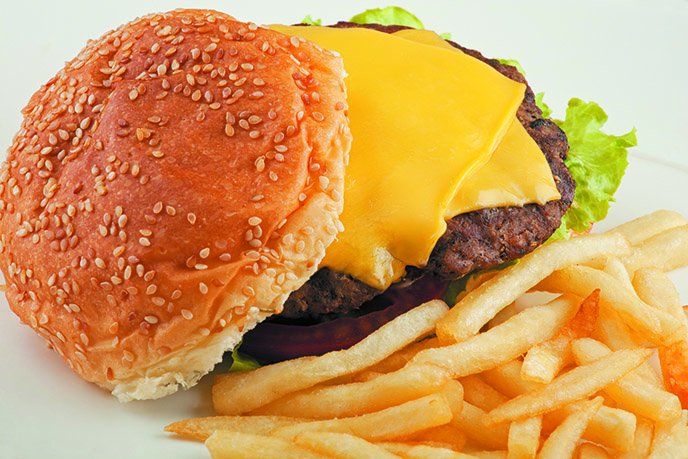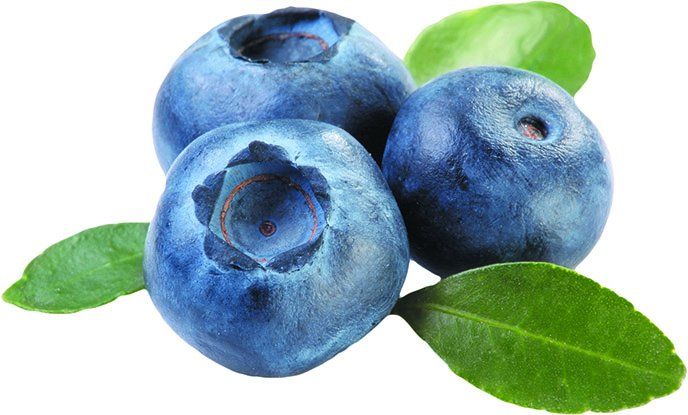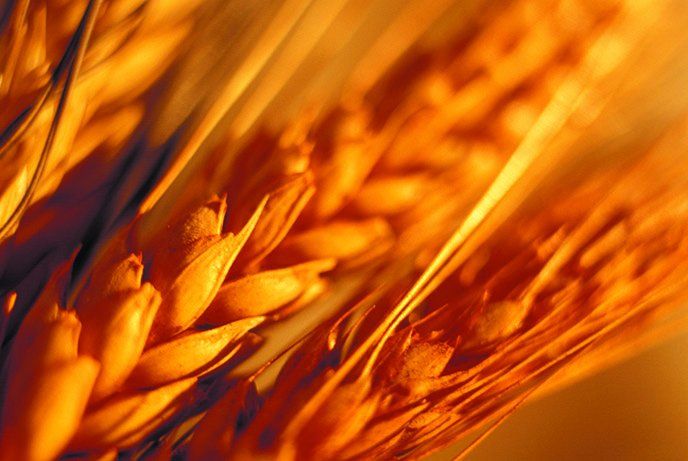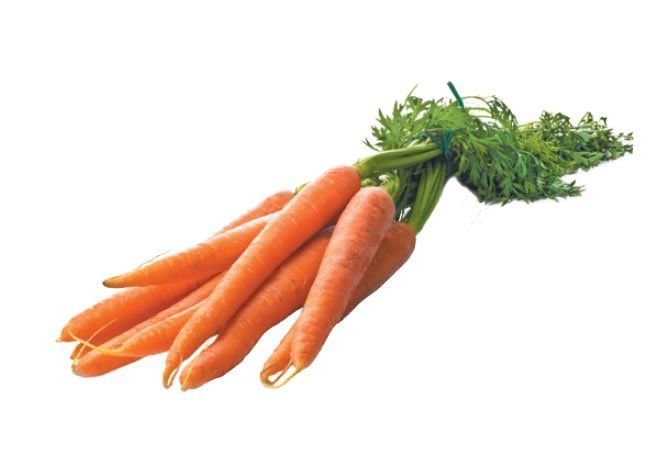Fast Food: Why It Pays to Compare
Making healthy choices at fast-food restaurants remains a challenge, according to new Tufts research, but-contrary to some perceptions-it has not gotten worse. Levels of dangerous trans fats in fries have actually improved, while portion sizes, calories, sodium and saturated fat changed little between 1996 and 2013.
Blueberries Good for Your Blood Pressure and Brain
With the domestic blueberry season about to begin, theres no better time to celebrate the bountiful health benefits of Americans second-favorite berry (after strawberries). New research has linked blueberry consumption to better blood pressure, and Tufts scientists continue to explore how blueberries protect the brain. More than three-dozen current clinical trials are testing blueberries possible benefits for vision, gout protection, arterial function, blood sugar and more.
New Reasons to Eat More Whole Grains and Fiber
Take a look in your pantry. Do you see whole-grain pasta? Does the label on your bread say 100% whole wheat? (Are you sure? Dont be fooled by terms like multigrain.) Is your breakfast cereal made with whole grains?We are very fortunate these days-for almost any type of baked product there is a whole-grain option that one can choose in place of the refined-grain option, says Alice H. Lichtenstein, DSc, director of Tufts HNRCA Cardiovascular Nutrition Laboratory. Just be careful; dont try to judge whether something is made from whole grain by its color. It is important to read the label the first time, just to make certain. Some light-colored products are made with white whole grains and some dark-colored products are not and just appear so because caramel or other coloring was added.
Q. My husbands grandson, who is six years old, has type 1 diabetes. His...
Q. My husbands grandson, who is six years old, has type 1 diabetes. His parents were told by their medical team that carbs are carbs-they should count the carbohydrates the same whether he was eating white bread or whole-grain bread. This would seem to run counter to what Ive read in a number of sources for years. Can you explain, please?
Poll: Consumers Want Restaurant Calorie Info
Most Americans support new rules requiring calorie counts on chain-restaurant menus and prepared foods in supermarkets, according to an Associated Press-Gfk poll. The long-awaited rules announced by the US Food and Drug Administration have generated opposition from some in the food industry. (See NewsBites, February.) But 56% in the poll supported calorie counts on fast-food menus, 54% at sit-down restaurants, and 52% on prepared grocery foods. Women and college-educated people were more likely to support the rules.
Dietitians Pick Top Trends
Trends to watch in nutrition-driven consumer choices this year will include growing popularity for seeds and nuts, green tea and ancient grains such as amaranth, quinoa, spelt and freekah, according to a survey of 500 registered dietitians. The survey, conducted for the journal Todays Dietitian, predicted that consumers will eat less red meat and continue to turn away from low-fat diets. Kale and coconut will remain popular based on their perceived health benefits (accurate for kale, less so for coconut), as will healthy choices like Greek yogurt and avocado. The dietitians also predicted consumers will keep trying gluten-free and wheat-free diets to lose weight (rather than out of genuine need, as in celiac-disease patients), despite a lack of evidence supporting such regimens for weight loss, while the so-called Paleo diet will gain in popularity. Also on the rise: misinformation about nutrition, fueled in part by the Internet.
Are You Seeing All the Health Benefits of Carrots?
Bugs Bunny, always depicted munching on a carrot, may have been onto something. Researchers have found that carrot consumption not only helps insure an adequate intake of a variety of important nutrients and fiber, but may also reduce your risk of chronic disease.
Q. It has been recommended to me that I include avocados in my diet....
Q. It has been recommended to me that I include avocados in my diet. Since this is not something I care for, is there something else that could be used as a substitute source of these healthy unsaturated fats?
The Pros and Cons of Frozen Foods
In the dead of winter, grocery shoppers often turn to the freezer aisle for out-of-season produce as well as easy-to-prepare entres. But with sales of frozen foods in decline-down an estimated 5% since 2009-the industry is launching a campaign, Frozen: How Fresh Stays Fresh, to boost awareness and promote frozen foods nutritional benefits. How do frozen foods really stack up?
Replacing Saturated Fat with Vegetable Oil Linked to Lower Heart Risk
If youve been confused by recent headlines suggesting Butter Is Back and studies questioning the link between saturated fat and heart disease, a new meta-analysis may set the record straight. The research found that people who swap 5% of the calories they consume from saturated fat sources such as red meat and butter with foods containing linoleic acid-the main polyunsaturated fat found in vegetable oil, nuts and seeds-was associated with a 9% lower risk of coronary heart disease events. Switching from saturated fat to linoleic acid was also associated with a 13% lower coronary heart disease mortality risk.


